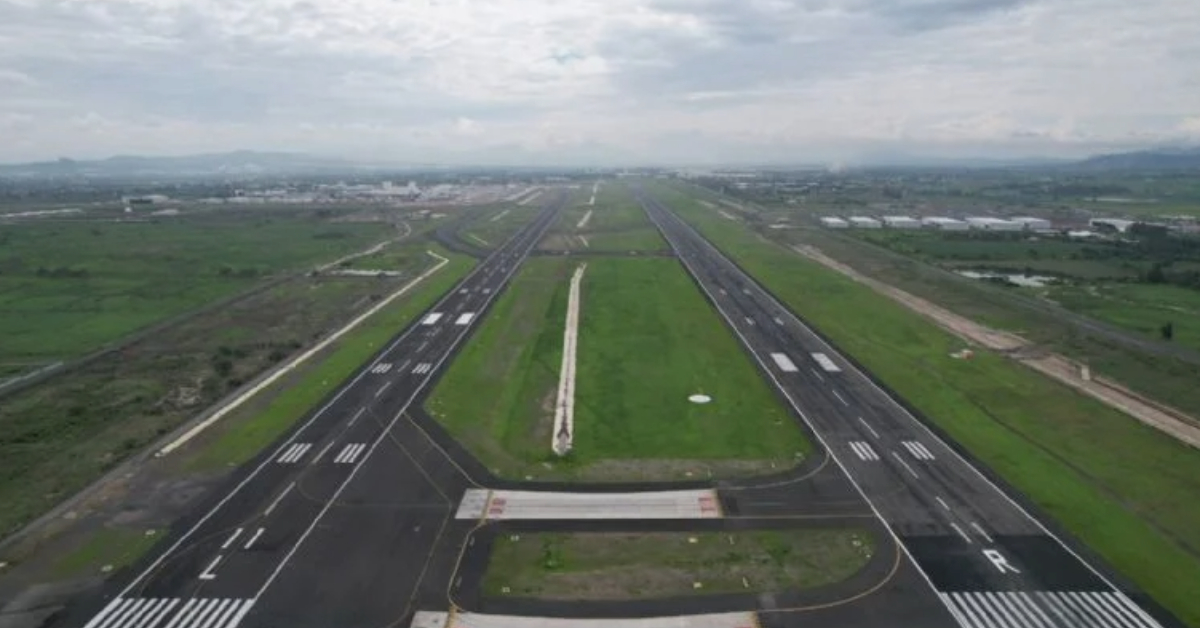Guadalajara, Mexico – In a landmark development for national air connectivity, Grupo Aeroportuario del Pacífico (GAP) has inaugurated the second runway at Guadalajara International Airport, alongside other significant expansion and modernization projects. With a substantial investment of 15.9 billion pesos, these enhancements are set to position Jalisco as a pivotal hub for air travel in Mexico.






